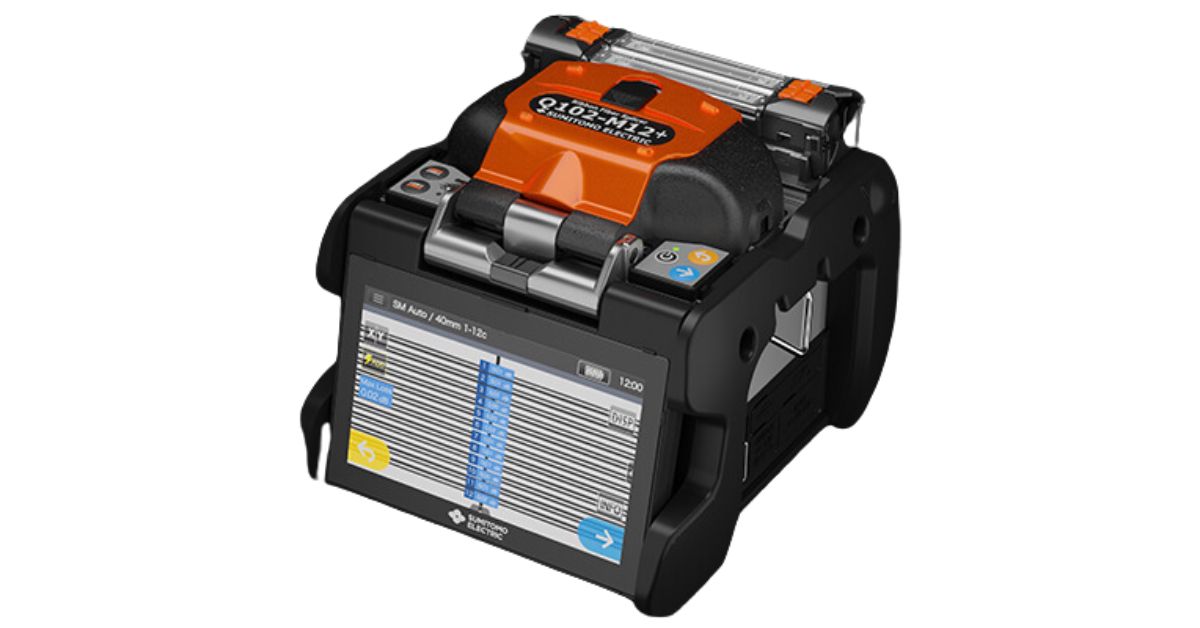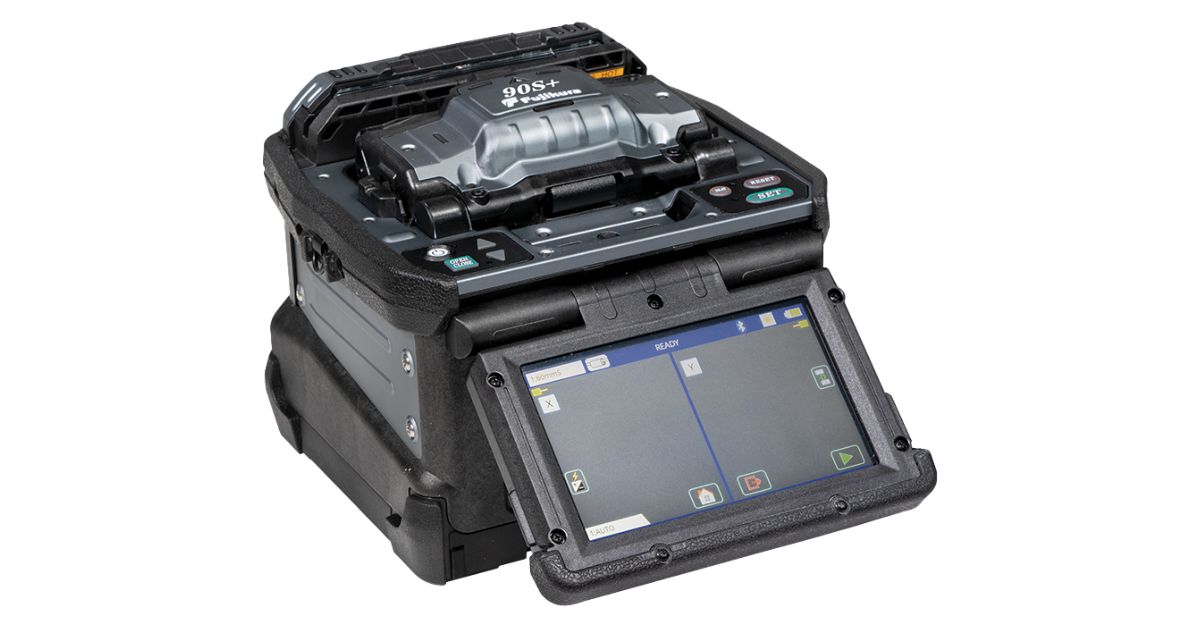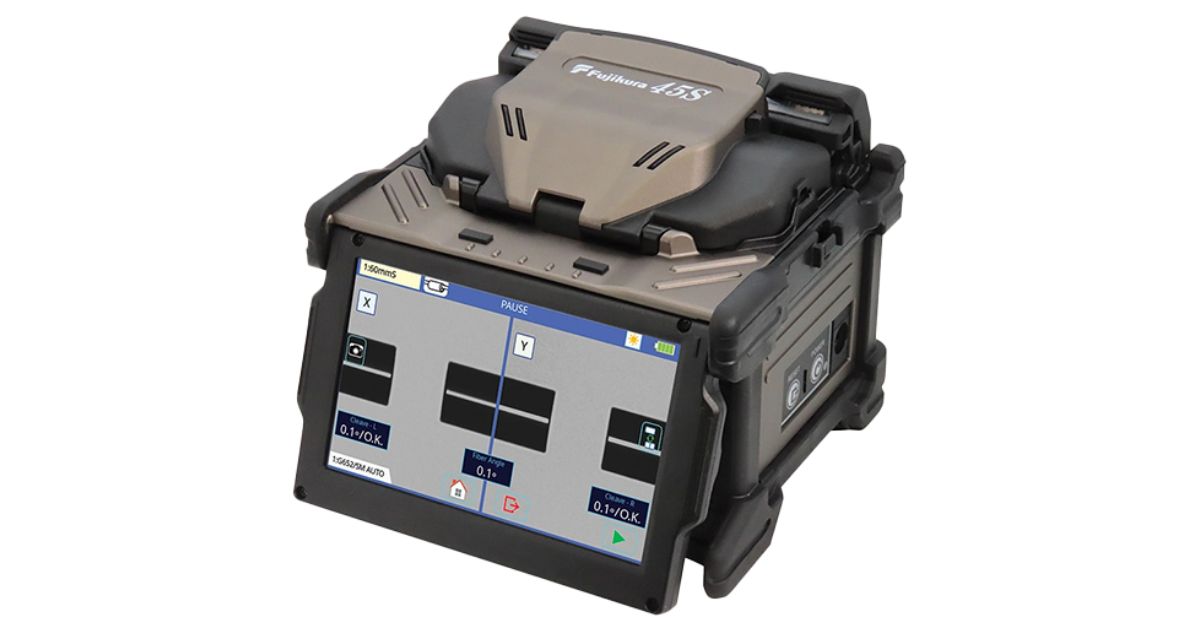No products in the cart.
How To Choose the Right Splicer Rental for Rural Installs
Home How To Choose the Right Splicer Rental for Rural Installs
- Home
- Resource Hub
- Millennium Blog
- How To Choose the Right Splicer Rental for Rural Installs

Fiber-optic splicing plays a critical role in building reliable broadband networks, especially in rural areas. These installations demand precise, durable, and efficient solutions to connect underserved communities to high-speed internet. Selecting the right splicer rental is crucial not only for ensuring quality connections but also for overcoming the unique challenges rural environments present, such as rough terrain, unpredictable weather, and limited access to resources.
This guide will explain how to choose the right splicer rental for rural installs, the benefits of renting splicers over buying, and the key factors to consider when choosing the right equipment.
Understanding Fiber-Optic Splicing for Rural Networks
Fiber-optic splicing is the process of joining two optical fibers to create a continuous signal path. This is a pivotal step in building secure and efficient broadband networks. There are two primary types of splicing alignment techniques to consider:
- Core alignment: Offers precise alignment of fiber cores for minimal signal loss and is ideal for critical connections and professional installations
- Cladding alignment: Simpler and more cost-effective but may result in slightly higher signal loss compared to core alignment
Splicing quality directly affects network performance. Poor splices can lead to signal degradation, increased maintenance costs, and dissatisfied users. Rural installations present additional challenges, including remote locations, extreme weather conditions, and limited access to power sources. These factors demand rugged and high-performing equipment to ensure network reliability.
Benefits of Renting Splicers
Renting splicers can offer several advantages over purchasing equipment, particularly for businesses and contractors focused on rural broadband installations:
- Cost-effectiveness: Renting reduces upfront capital expenses, allowing you to allocate resources to other critical areas of your project.
- Access to advanced technology: Rentals often include the latest splicing equipment, ensuring high precision and efficient performance.
- Flexibility: Renting enables you to choose the exact tools needed for a specific project without being tied to a single piece of equipment.
- Maintenance included: Many rental services provide regular servicing and maintenance, reducing downtime and ensuring reliable operations.
- Convenience: Equipment is delivered ready-to-use at the start of your project and can be returned once the job is complete, reducing storage requirements on your end.

Key Factors To Consider When Choosing a Splicer Rental
To ensure you select the right splicer for your rural installation, it’s important to evaluate several critical factors. These factors can significantly impact the performance and durability of your setup, particularly in demanding environments. Taking the time to assess your specific needs will help you make the best choice for long-term success.
Type of Splicer Needed
Determine whether your project requires fusion splicers or another type of splicer. For fiber-optic cables, fusion splicers are the most common, and core alignment is typically preferred for rural installations to minimize optical loss. Consider the nature of your project to select equipment capable of handling the specific fiber types and connections involved.
Ruggedness and Durability
Rural environments can be particularly challenging for equipment. Opt for splicers designed to withstand harsh conditions that include dust, moisture, and varying temperatures. Ruggedized models, such as the Sumitomo Q102-CA+, are ideal because they feature water and dust resistance, as well as shockproof designs for maximum reliability.
Ease of Use
Intuitive interfaces and automated functions are must-haves, especially if your team is less experienced with splicing. Simple, user-friendly designs enhance efficiency and reduce the time required for training. Models such as the Fujikura 45S feature ergonomic designs and automated fiber placement corrections, making them easy to use in the field.
Battery Life and Power Options
Long-lasting battery life is essential for rural installs where access to power sources may be limited. Choose splicers with rechargeable lithium-ion batteries or generator compatibility for uninterrupted operation. The Fujikura 90S+, for instance, offers up to 300 splices per charge, ensuring efficiency in remote areas.
Precision and Performance
High precision and low splicing loss are critical to maintaining the quality of your network connections. Look for equipment with advanced alignment and control features to maximize performance. Check past user feedback to ensure the splicer meets professional standards for reliability.
Rental Cost and Budget
Evaluate how the rental cost aligns with your project’s budget. Ensure the fee includes essential accessories, servicing, and maintenance to avoid unexpected expenses. Partnering with a reliable provider such as Millennium ensures transparent pricing and access to comprehensive rental packages.
Availability of Accessories
Confirm that the rental includes all required components, such as spare electrodes, cleavers, and alignment tools. Missing accessories can unnecessarily delay your project. Millennium’s rental packages include protective transit cases and essential tools, so you’re ready to go from day one.
Technical Support and Training
Ensure the rental company provides dependable technical support and training resources. This is especially important for rural projects where immediate on-site assistance may not be an option. Millennium offers expert guidance at every stage of your deployment to keep your project running smoothly.
Service and Maintenance Policies
Equipment malfunctions can lead to significant downtime. Choose a rental service with clear policies for repair or replacement that offers comprehensive maintenance agreements to ensure your rented equipment remains operational at all times.
Transport and Logistics
Reliable transport and delivery options are crucial for ensuring that your splicer arrives on time and in proper working condition. Many providers offer protective cases and streamlined shipping services specifically designed for rural installs.

How Millennium Can Set You Up for Success
For a seamless rental experience, Millennium is the go-to choice for contractors and ISPs undertaking rural broadband projects. Here’s why Millennium stands out:
- Reliable and advanced equipment: Choose from a wide selection of fiber splicer rentals from leading brands such as Fujikura and Sumitomo that are designed for precise, low-loss connections.
- End-to-end support: Millennium supports every stage of your deployment, from funding and planning to construction and maintenance.
- Tailored services: Rentals are customized to meet the specific needs of your broadband project, ensuring your team is equipped with the necessary tools to succeed.
The success of your fiber-optic installation hinges on choosing the right splicer rental for rural installs. The right splicer rental will ensure precision, reliability, and cost-efficiency while making your installation process smoother and faster.
Partnering with Millennium gains you access to professional expertise, dependable equipment, and tailored support for a truly hassle-free experience. Explore Millennium’s splicer rental options to get started with your project today.
